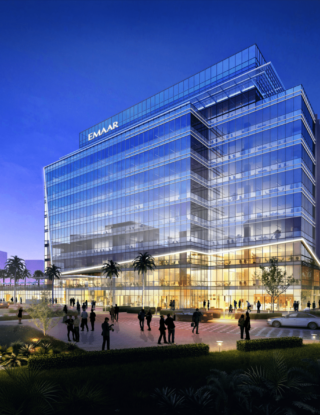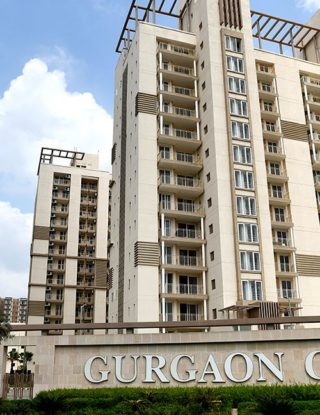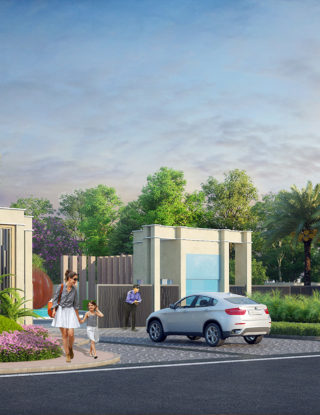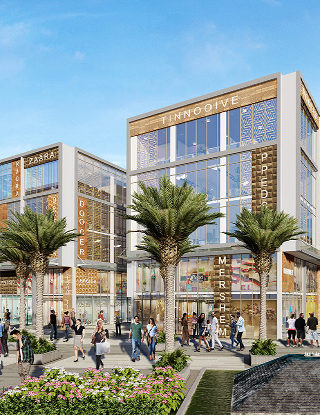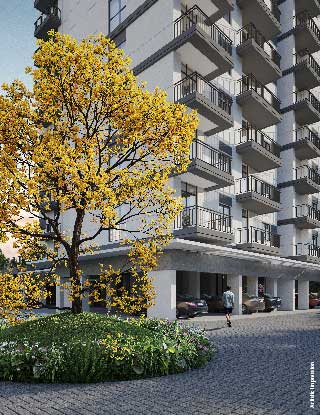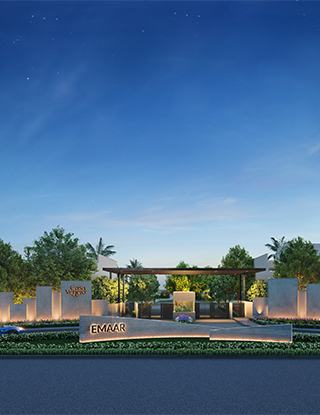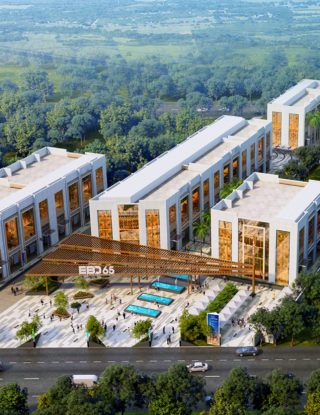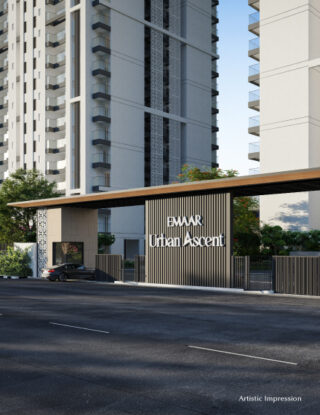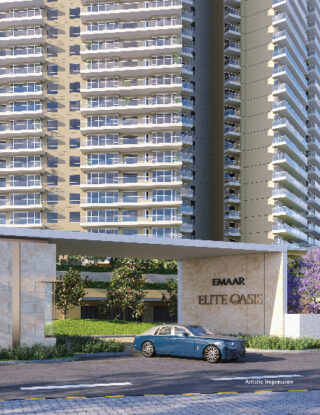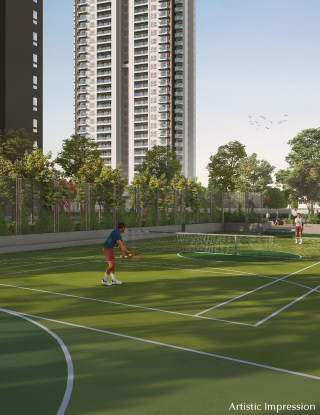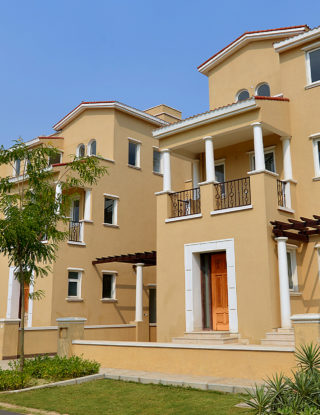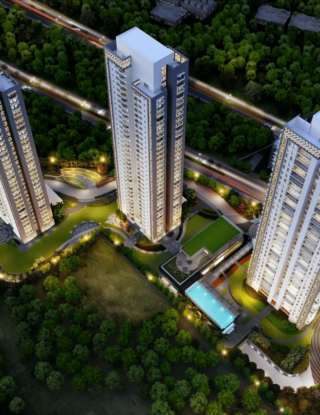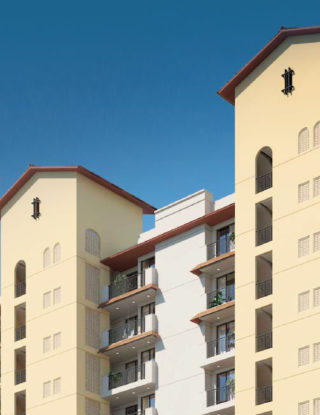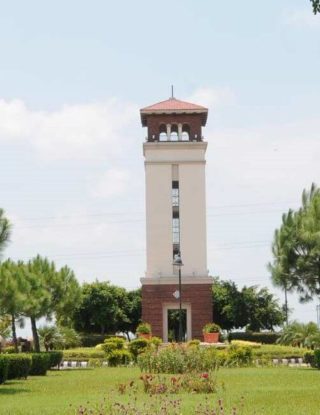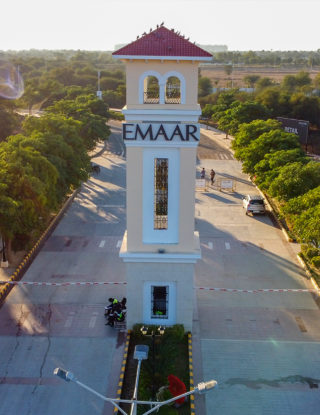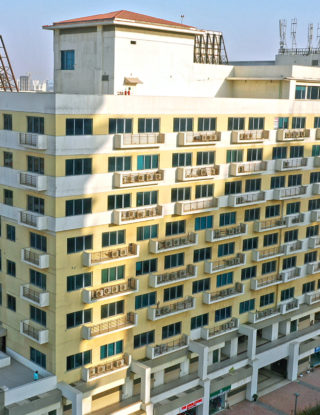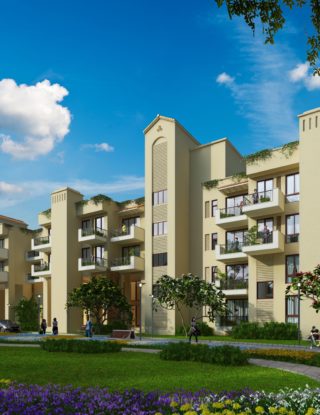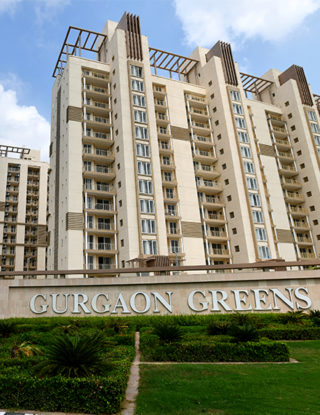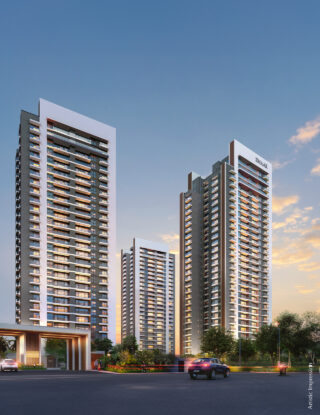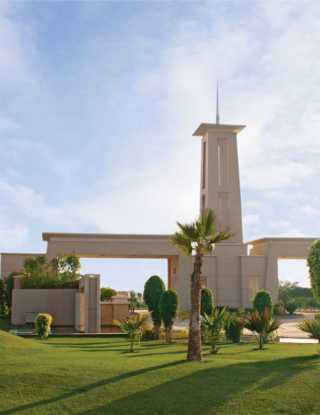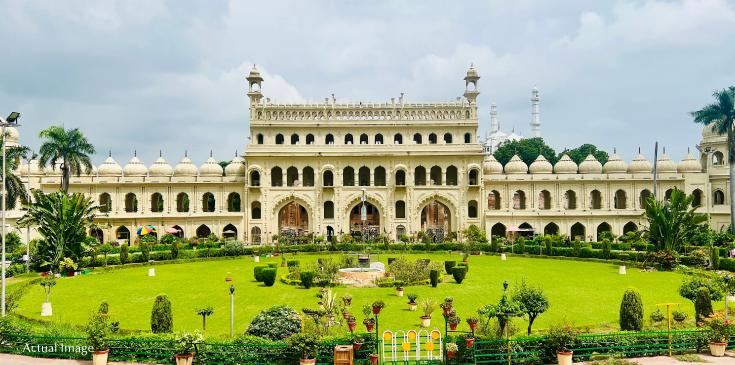Lucknow, known as the city of Nawabs, is renowned for its deep-rooted history, cultural richness, and stunning architecture. From the Mughal Empire to the British colonial era, the city has symbolised artistic and structural brilliance. Iconic sites like the Bara Imambara, Chota Imambara, and Rumi Darwaza highlight its royal heritage and its impact on Indian architectural styles. In addition to its historical sites, Lucknow has been a centre for artistic endeavours, famous for its exquisite Chikankari embroidery and vibrant classical music traditions that remain alive today.
In recent times, Lucknow has experienced remarkable economic development, resulting in a transformation across various sectors, particularly in real estate. This is increasingly making it a real estate hotspot in North India. The city’s real estate expansion showcases a harmonious fusion of tradition and modernity, drawing in homebuyers and investors who seek a lifestyle that respects the past while enjoying modern conveniences.
Architectural Harmony: Blending Tradition with Modernity
Lucknow’s architectural scene beautifully intertwines the old with the new. Landmark edifices like the Bara Imambara and Chota Imambara showcase the splendour of Awadhi and Mughal design, while contemporary real estate ventures are embracing these features to craft residences that reflect the city’s royal legacy.
Many modern projects for real estate in Lucknow incorporate design aspects such as elaborate arches, domes, and jali work that pay homage to historical architecture. This careful fusion allows residents to enjoy the beauty of traditional styles alongside modern conveniences. Developers are increasingly utilising materials, patterns, and layouts that resonate with the city’s architectural heritage, creating a distinctive combination of nostalgia and modernity.
The Emergence of Integrated Townships
A significant trend shaping the real estate property in Lucknow landscape is the rise of integrated townships. These all-inclusive communities combine residential, commercial, and recreational spaces within a thoughtfully designed environment.
These townships feature a variety of housing options, ranging from upscale villas to stylish apartments constructed to meet international standards. Their design includes spacious roads, lush green areas, and infrastructure that promotes community interaction, striking a harmonious balance between tradition and contemporary living.
These developments address the changing lifestyle needs of today’s urban residents while preserving a link to Lucknow’s rich cultural heritage. They provide a wide array of amenities, such as shopping centres, educational institutions, healthcare services, and entertainment facilities, creating self-sufficient communities that significantly improve residents’ quality of life.
Modern Comforts with a Cultural Flair
A notable aspect of Lucknow’s real estate evolution is the blend of contemporary amenities with cultural influences. New residential developments feature amphitheatres for cultural events, yoga and meditation spaces that honour traditional practices, and interior designs that draw inspiration from local crafts like Chikankari embroidery.
Builders in the Lucknow real estate market are also prioritising the integration of traditional Lucknowi design elements within interiors, incorporating features such as intricately carved wooden doors, jaali screens, and Mughal-style frescoes. This distinctive fusion allows residents to enjoy modern conveniences while remaining connected to the city’s vibrant cultural heritage.
Sustainable Development: Honouring Tradition
Lucknow’s commitment to nature and sustainable practices is shaping its real estate landscape. New constructions are increasingly adopting green building standards, energy-efficient technologies, and eco-friendly landscaping. Many residential projects now feature rainwater harvesting systems, solar energy solutions, and waste management initiatives that promote environmental sustainability.
The idea of sustainability has deep roots in Lucknow. Historically, the city’s Nawabi-era architecture utilised natural cooling methods, shaded courtyards, and designs focused on ventilation to adapt to the local climate. Developers are now reviving these age-old principles in contemporary real estate projects, creating energy-efficient and comfortable homes.
Gomti Nagar: A Beacon of Urban Development
Gomti Nagar, one of the most notable and swiftly growing areas in Lucknow, exemplifies the city’s successful blend of tradition and contemporary living. Thoughtfully designed, it boasts spacious roads, tree-lined streets, parks, and a well-structured infrastructure that provides a refreshing escape from the city’s fast pace.
This locality presents a range of housing choices, from luxurious apartments and penthouses to modern villas, catering to various tastes and financial plans. Its prime location guarantees excellent access to key commercial hubs, educational institutions, and healthcare services, making it a highly desirable residential area for both professionals and families.
Safeguarding Historical Architecture in a Modern Landscape
As Lucknow progresses, there is a deliberate initiative to maintain its historical architecture. Numerous heritage buildings are being transformed into upscale homes, boutique hotels, and cultural venues by various Lucknow real estate company and developers. This adaptive reuse strategy allows both residents and visitors to appreciate the splendour of the past while enjoying the comforts of contemporary living.
For instance, several havelis and historic mansions in the older sections of the city are undergoing restoration and being converted into opulent residences equipped with modern amenities. These initiatives not only help preserve Lucknow’s architectural heritage but also provide homeowners with a distinctive living experience rich in history.
Conclusion
The real estate surge in Lucknow is a fascinating fusion of tradition and contemporary living. With carefully crafted architectural designs, integrated communities, modern amenities that reflect cultural influences, sustainable practices, and the conservation of historical sites, the city provides a distinctive living experience that honours its heritage while looking towards the future.
The swift growth of developments in property in Lucknow, along with a dedication to preserving cultural and architectural authenticity, positions Lucknow as a desirable location for both homebuyers and investors. The city boasts a vibrant and varied real estate market that balances the allure of its historical landmarks with the practicality of modern constructions, all while remaining deeply connected to its rich history.
In addition to this transformation, Emaar India is preparing to unveil a new project in Lucknow, further solidifying the city’s status as a key player in the real estate market. The participation of a globally esteemed developer underscores the significant potential and increasing demand for high-quality, modern living environments in Lucknow.
